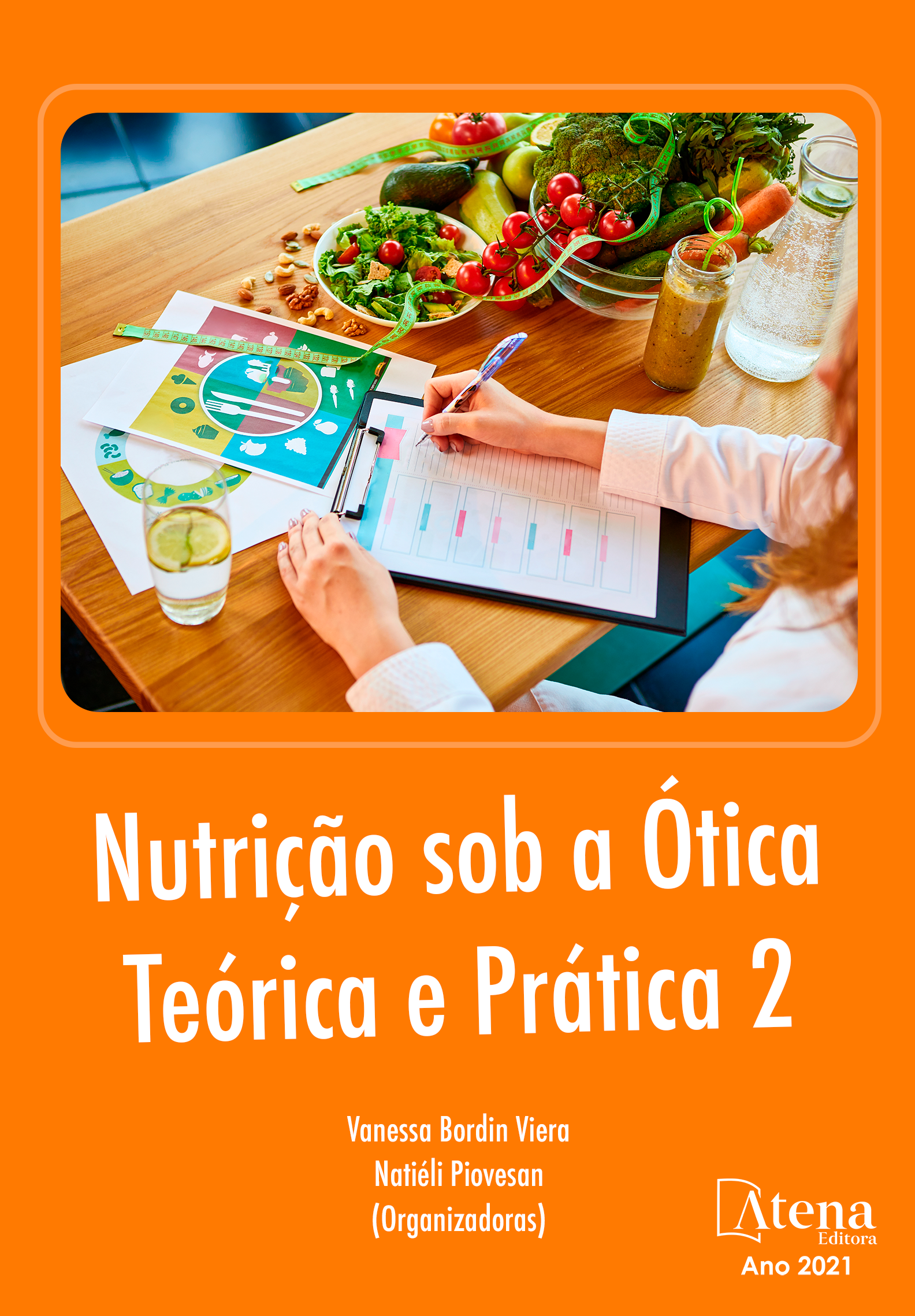
OS MÉTODOS DE INTRODUÇÃO ALIMENTAR CONVENCIONAL E BABY-LED WEANING (BLW): UMA REVISÃO INTEGRATIVA DE LITERATURA
Este artigo teve por objetivo geral realizar um estudo dos métodos de introdução alimentar tradicional e Baby Led Weaning (BLW) a partir dos 6 meses de vida. Os objetivos específicos foram: aprofundar as características dos métodos de IA (Tradicional e BLW); e descrever os benefícios e desvantagens de ambos os métodos. Trata-se de uma pesquisa de revisão integrativa de literatura (RIL), descritiva com abordagem qualitativa, tendo como fonte a plataforma do Banco Virtual de Saúde (BVA), que agrada diversos sites relacionados à saúde humana, como o LILACs, Scielo, PUBMed, possibilitando uma pesquisa com relevância em trabalhos acadêmicos. Os resultados da análise dos trabalhos apontaram que o método BLW em si é uma alternativa de alimentação complementar, que deve ser adotada com cuidado por existir lacunas não exploradas pela literatura científica. Porém, o desmame deve ser feito de forma gradual, assegurando as necessidades energéticas e proteicas, deve ocorrer uma adaptação progressiva de independência da criança, bem como o controle de saciedade, evitando a obesidade infantil. Tanto a alimentação tradicional quanto a BLW têm suas limitações e vantagens, e devem ser melhor exploradas e alternadas a fim de se garantir menores riscos, melhor saciedade e independência do bebê, assim como a supressão das necessidades básicas nutricionais, asseguradas pela alimentação tradicional.
OS MÉTODOS DE INTRODUÇÃO ALIMENTAR CONVENCIONAL E BABY-LED WEANING (BLW): UMA REVISÃO INTEGRATIVA DE LITERATURA
-
DOI: 10.22533/at.ed.51621010415
-
Palavras-chave: Baby-led Weaning. Introdução alimentar. Método tradicional. Método BLW.
-
Keywords: Baby-led Weaning. Food introduction. Traditional method. BLW method.
-
Abstract:
The general objective of this article was to carry out a study on the methods of traditional food introduction and Baby Led Weaning (BLW) from 6 months of life. The specific objectives were: to deepen the characteristics of AI methods (Traditional and BLW) and describe the benefits and disadvantages of both methods. This is an integrative literature review research (RIL) descriptive with a qualitative approach, having as resourse the Virtual Health Bank (BVA) platform, which combine several sites related to human health, such as LILACs, Scielo, PUBMed , enabling a relevant research in academic works. The results of the analysis of the studies showed that the BLW method itself is an alternative to complementary feeding, which must be carefully adopted because there are still gaps not explored by the scientific literature. However, weaning should be done gradually, ensuring the child's energy and protein needs, there should also be a gradual adaptation of the child's independence, as well as the child's satiety control, avoiding childhood obesity. Both traditional feeding and BLW have their limitations and advantages, and they should be better explored and alternated in order to guarantee less risks, better satiety and baby's independence, as well as the suppression of basic nutritional needs, ensured by traditional feeding.
-
Número de páginas: 15
- Alexandre Augusto Pinheiro de Oliveira.
- Giulianna Campos Lamas
- Juliana Carolina Pantoja Revorêdo
- Amanda Diely Brito Bulhões da Silva


